Designing a dream space is not only about cool looks, it is about how you live each day. American homes keep adding tech, flexible rooms, and creative zones that fit teen life, from homework to hangouts. Local rules affect what is possible, like pool fencing, rooftop rails, or noise limits after dark, so great ideas also need practical planning. Here are twelve features that mix fun with real details about safety, comfort, and the everyday routines teens actually have.
1. Gaming Room With Reliable Internet

A real gaming room starts with stable, fast internet, since lag can ruin multiplayer matches and voice chat. Many families use wired Ethernet for consoles and PCs because it is more consistent than Wi-Fi during peak hours. Good ventilation keeps devices cool, and ergonomic chairs reduce strain during long sessions. LED bias lighting helps eyes adjust to bright screens. Parental controls on routers and consoles protect privacy and limit purchases. With soundproofing panels, late sessions stay friendly to neighbors and siblings.
2. Backyard Pool That Meets Safety Codes
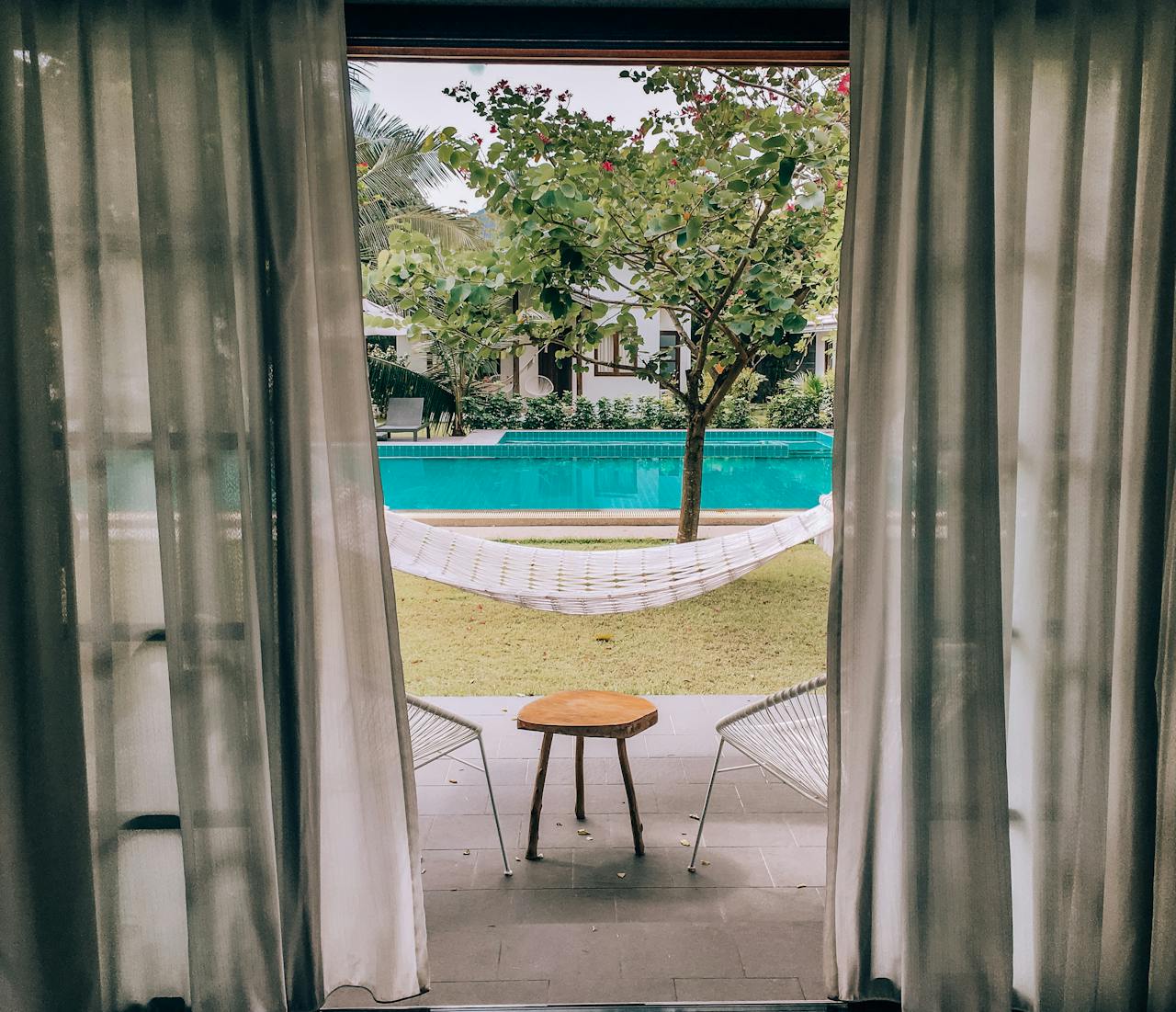
Backyard pools make summer legendary, yet most cities require barriers and self-latching gates for safety. Many insurers also ask for compliant fencing and covered drains before offering coverage, so planning matters as much as fun. Pool alarms and slip-resistant decks reduce risk during parties. In warm states, simple solar covers can keep water comfortable and cut evaporation. Clear storage rules for floats and a posted list of house pool rules keep guests safe, while lighting extends evening swim time.
3. Home Theater For Movies And Streams
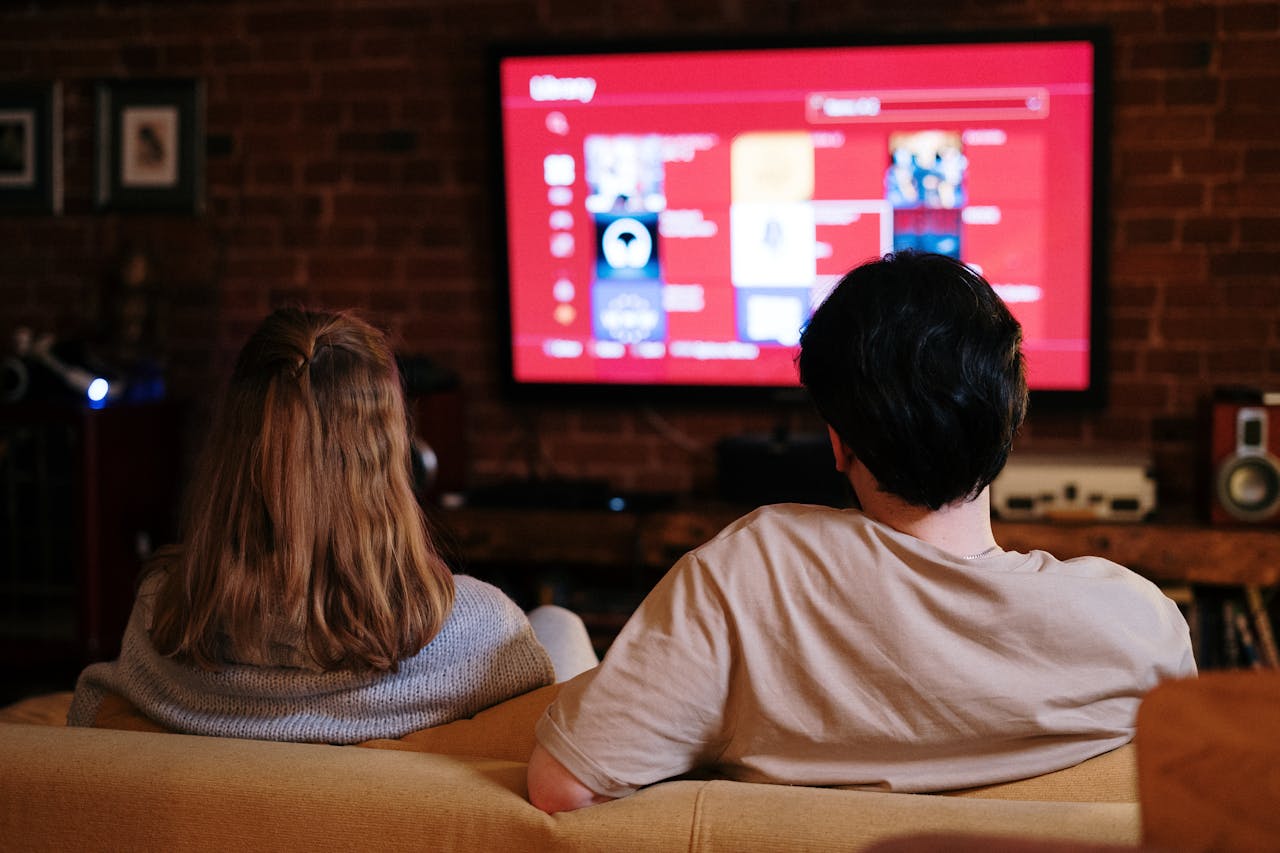
A home theater turns movie nights into an event, but the best setups focus on sound control and seating layout, not just a huge screen. Thick curtains, carpet, and wall panels cut echo so dialogue stays clear. Many households use a streaming device with an AV receiver for surround sound and simple input switching. Comfortable rows with cup holders help during long marathons. Basic door seals keep audio inside the room, which neighbors appreciate. Emergency lighting strips guide safe exits in the dark.
4. Walk-In Closet That Actually Organizes

A walk-in closet is more than a selfie spot. Adjustable shelves, double-hang rods, and clear bins make school mornings faster by keeping outfits visible. A small bench helps with shoes, and good LED lighting shows true colors for uniforms and team gear. Many families add a hamper system for lights and darks to speed laundry day. Full-length mirrors support quick checks before practice or events. With labels and seasonal rotation, the space stays tidy and reduces stress before the first bell.
5. Music Studio With Noise Control
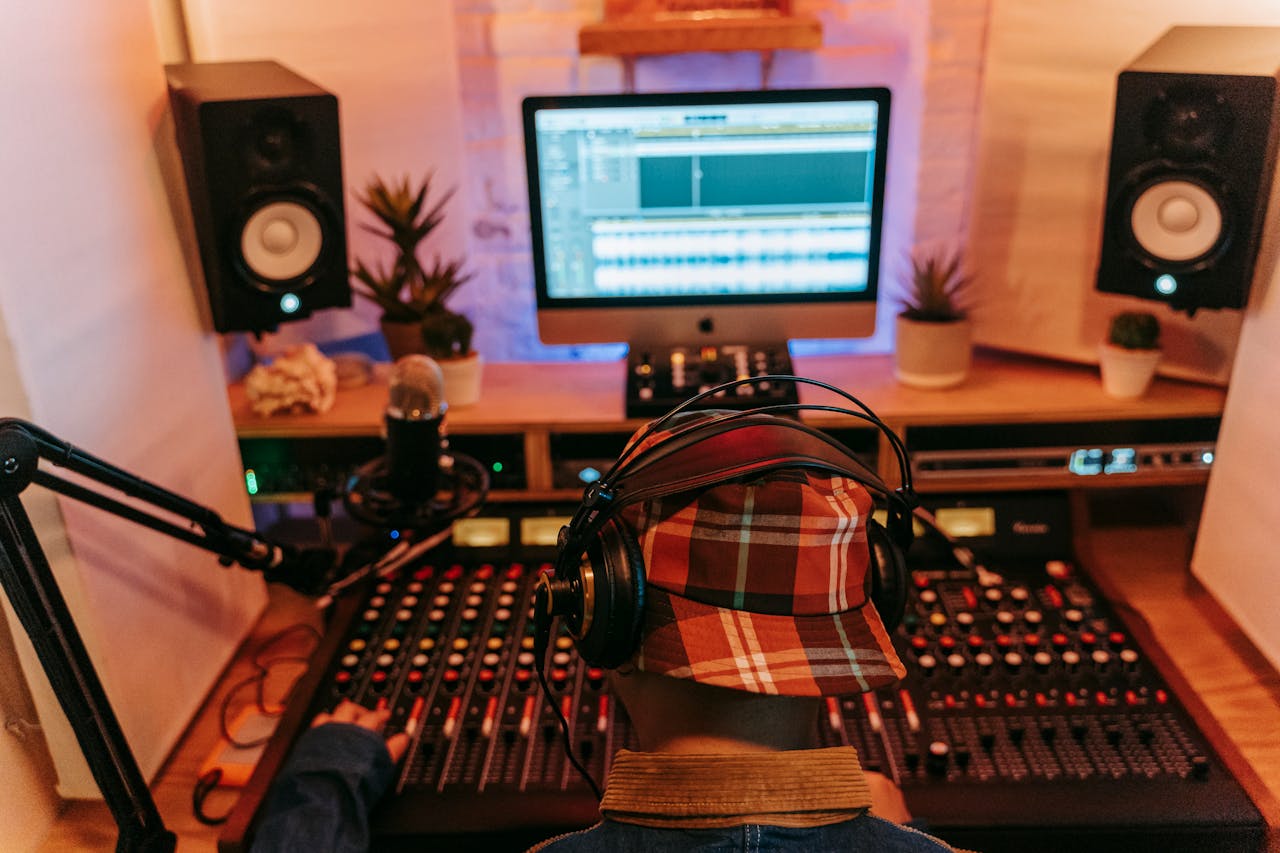
A home studio supports singers, guitarists, and beat makers, yet sound treatment matters as much as gear. Foam panels and thick rugs reduce echo, while door sweeps and weather strips limit noise spill. A basic audio interface lets microphones record clean tracks to a laptop. Local noise ordinances often set quiet hours at night, so planning sessions earlier keeps peace with neighbors. Safe cable routing prevents trips during takes. With a whiteboard for song ideas, the room becomes a real creative lab.
6. Rooftop Hangout Built For Safety
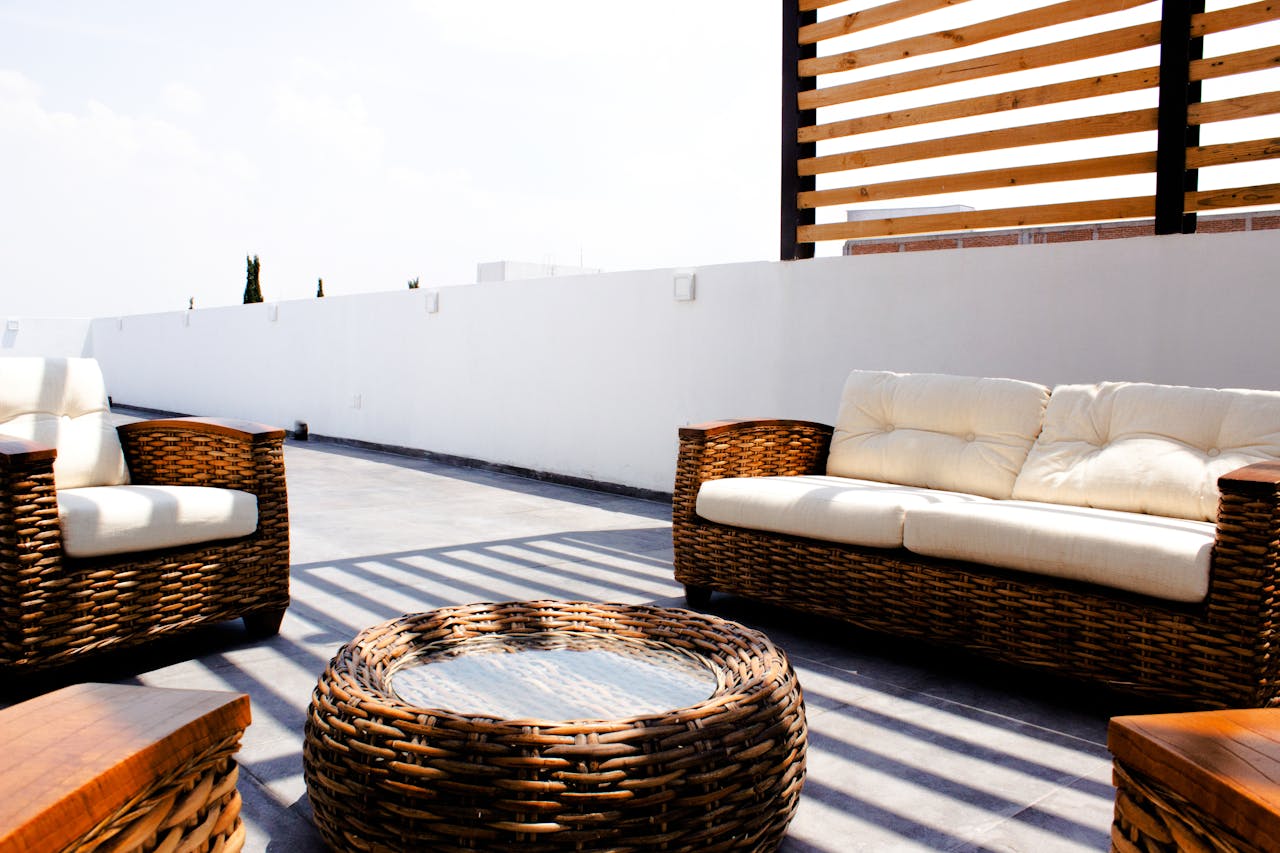
Rooftop spaces feel special because of views and fresh air, but guardrails and permitted access are essential. Many cities require approved rail heights and stable decking materials to handle weather changes. Low, shielded lighting keeps the vibe calm without bothering neighbors. Planters with drought-tolerant plants reduce maintenance and attract fewer insects during snacks. Storage benches hide blankets and board games between hangouts. If a grill is allowed, a small extinguisher nearby is smart. Clear house rules make group gatherings easy to host.
7. Smart Home Controls Teens Actually Use

Smart lights, thermostats, and locks are popular because they save energy and add convenience. Voice control helps when your hands are full with a backpack or guitar. A mesh Wi-Fi system keeps signals strong in bedrooms and basements. App permissions should be set carefully so only trusted people can unlock doors or view cameras. Schedules for lights create a lived-in look when the family travels. With guest access codes, friends can enter for study groups while keeping the main code private.
8. Indoor Court Or Compact Home Gym
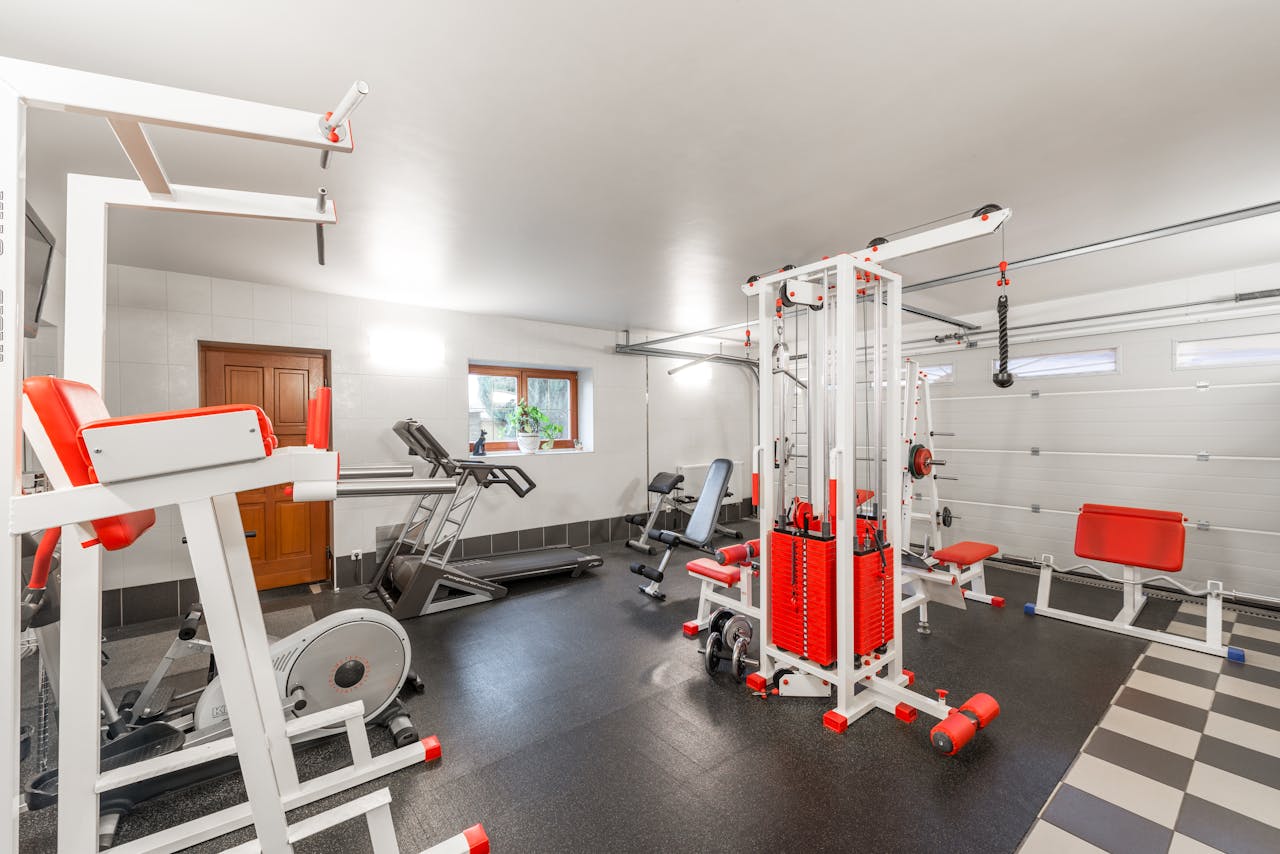
An indoor half court or gym makes practice simple during bad weather. Shock-absorbing flooring protects knees during drills and workouts. A foldaway rack and color-coded plates keep strength training organized, and a small fan plus openable windows improve airflow. Many households post spotter rules for lifts to prevent accidents during solo sessions. Wall targets help with shooting form and passing drills. A whiteboard for goals and schedules supports team seasons and personal progress without leaving the house.
9. Art Studio With Great Light And Storage

Creative zones work best with natural light, task lamps, and easy cleanup. A sturdy table with a washable mat protects surfaces from paint and glue. Closed bins store brushes, canvases, and sketchbooks so projects do not take over the kitchen. Ventilating the room is important when using sprays or certain glues. A drying rack speeds class deadlines, while a cork wall displays works in progress. With labeled drawers and aprons, the studio supports daily practice and reduces mess stress.
10. Private Balcony For Quiet Time
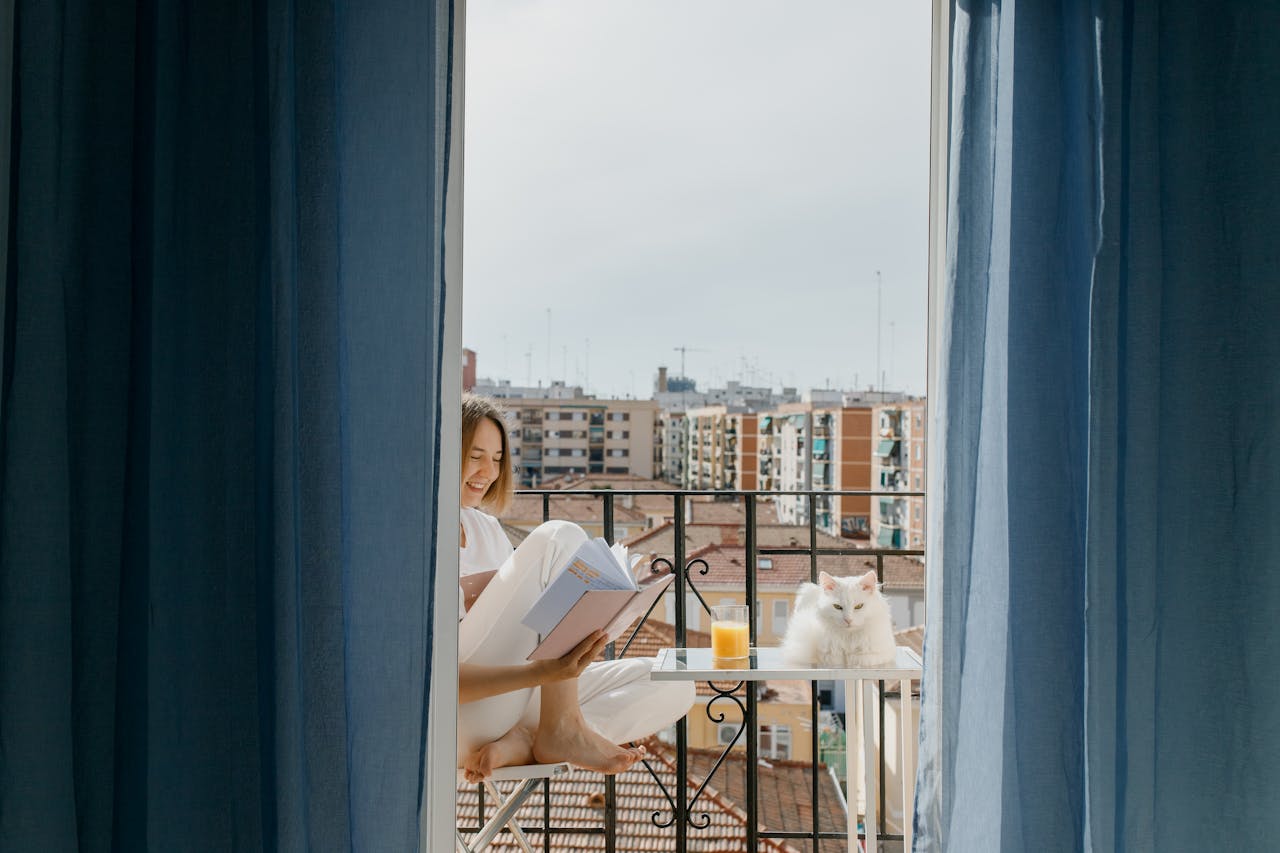
A small balcony offers a personal retreat for reading, journaling, or calls with friends. Weight limits and railing rules guide what furniture you can place outside, which keeps the structure safe. Compact chairs, a side table, and weatherproof cushions turn a tiny space into a calm corner. Battery candles or low-glare string lights provide evening comfort without bright glare. Plants in secured pots bring color and reduce street noise a little. House rules about hours keep neighbors comfortable.
11. Snack Bar Or Mini Kitchen
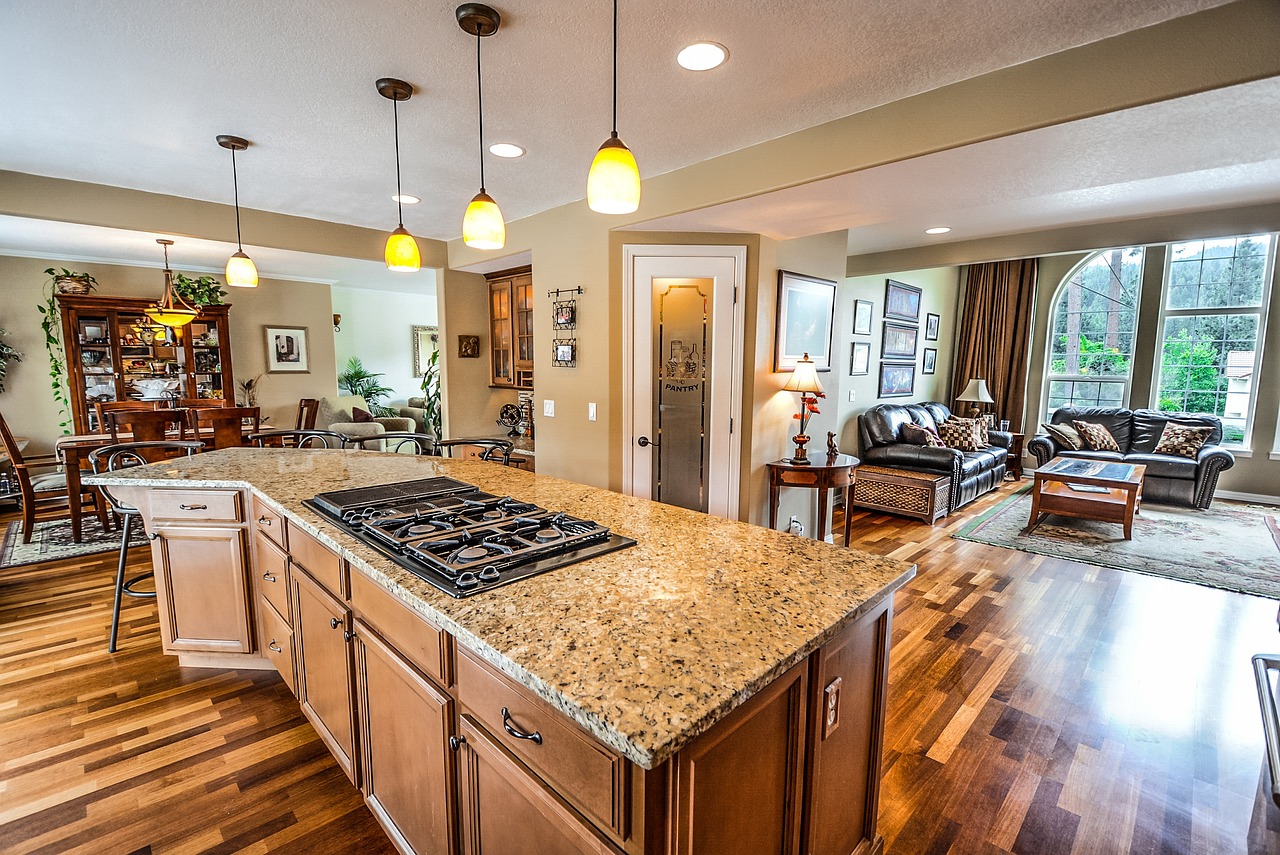
A mini kitchen near a hangout room keeps the main kitchen free during study groups. A compact fridge, microwave with child lock, and closed snack bins handle most needs. Clear labeling helps guests avoid allergens, and a small trash can with a lid controls odors. A counter wipe routine after each session protects surfaces from soda spills. Reusable cups and plates cut waste and make cleanup fast. With a posted list of do’s and don’ts, everyone keeps the space neat.
12. Reading Nook That Feels Like A Retreat
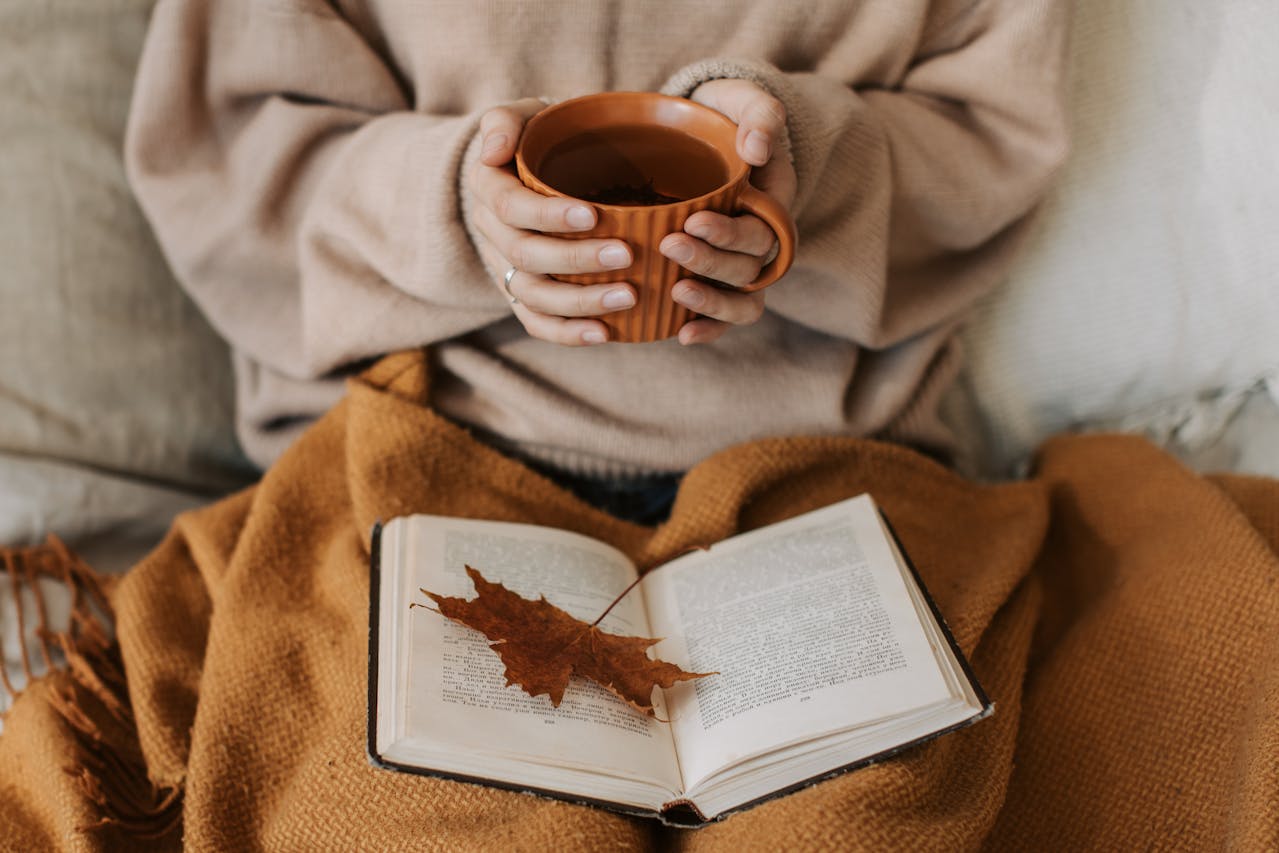
A cozy reading nook supports calm focus for novels, homework, or test prep. A supportive chair and footrest reduce fatigue during long chapters. Task lighting aimed at the page lowers eye strain, while blackout curtains help during daytime reading. A small shelf keeps current books within reach, and a basket holds blankets for winter nights. Noise-softening items like rugs and pillows make the corner quiet. With a simple timer, short reading sprints become a daily habit that actually sticks.


